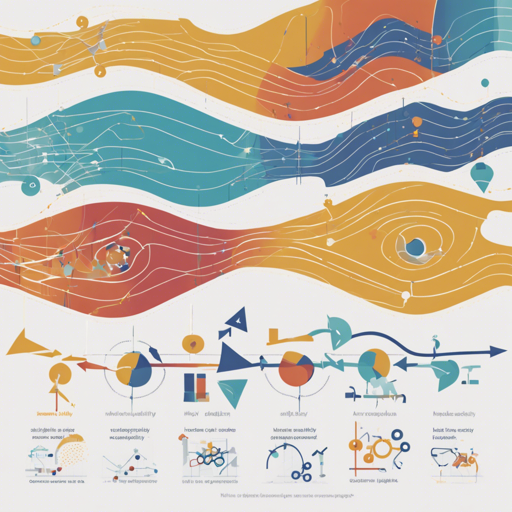Welcome to the world of human mobility analysis with scikit-mobility! If you’re on a journey to understand movement patterns and mobility data, this library is your ideal companion. In this comprehensive guide, we’ll unravel the mysteries of scikit-mobility and walk you through the installation process, how to use its powerful features, and provide troubleshooting tips to smooth your path.
What is Scikit-Mobility?
Scikit-mobility is a Python library designed for human mobility analysis. It allows you to represent trajectories and mobility flows using specialized data structures, manage various mobility data types, extract mobility metrics, and even generate synthetic mobility data. Think of it as a toolbox for urban planners, sociologists, or anyone interested in understanding how people move through space!
Installation Guide
Before diving into analysis, let’s get scikit-mobility up and running on your machine.
Installation with Conda
- Create an environment and install pip:
- Activate the environment:
- Install scikit-mobility:
conda create -n skmob pip python=3.8conda activate skmobconda install -c conda-forge scikit-mobilityInstallation with Pip
- Create an environment:
- Activate the environment:
- Install scikit-mobility:
python3 -m venv skmobsource skmob/bin/activatepip install scikit-mobilityUnderstanding Scikit-Mobility through an Analogy
Imagine you are an urban planner trying to analyze the flow of traffic in a busy city. Scikit-mobility acts as your highly sophisticated mapping tool that not only helps you understand current traffic patterns but also allows you to create synthetic traffic scenarios for future planning.
Instead of just a map which shows where cars are right now, scikit-mobility gives you tools to change the layout of that map, introducing new roads and seeing how traffic would change, much like a simulation game. You can analyze how people move from one place to another, identify hotspots, and even assess the privacy risks involved in sharing such data.
Using Scikit-Mobility for Data Analysis
Creating TrajDataFrames
To analyze mobility data, you’ll primarily work with TrajDataFrame, which is an extension of the pandas DataFrame tailored for trajectories. Here’s how you can create a TrajDataFrame:
import skmob
# Example data with user ID, latitude, longitude, and timestamp
data_list = [
[1, 39.984094, 116.319236, '2008-10-23 13:53:05'],
[1, 39.984198, 116.319322, '2008-10-23 13:53:06']
]
# Create TrajDataFrame
tdf = skmob.TrajDataFrame(data_list, latitude=1, longitude=2, datetime=3)
print(tdf.head())
Creating FlowDataFrames
Similarly, you can analyze the flow of objects between locations using FlowDataFrame.
Troubleshooting Tips
If you run into any issues while installing or using scikit-mobility, here are some quick troubleshooting ideas:
- Ensure you’re running Python 3.8 or higher.
- If you encounter installation errors, check your conda or pip environment for any conflicting packages.
- Always refer to the official documentation for the latest updates and user guides.
For more insights, updates, or to collaborate on AI development projects, stay connected with fxis.ai.
Additional Resources
Scikit-mobility comes loaded with tutorials and examples that can help you learn the ropes quickly. You can check these out on their GitHub page.
Conclusion
At fxis.ai, we believe that such advancements are crucial for the future of AI as they enable more comprehensive and effective solutions. Our team is continually exploring new methodologies to push the envelope in artificial intelligence, ensuring that our clients benefit from the latest technological innovations.
With scikit-mobility in your toolkit, you’re now equipped to embark on an exciting journey of mobility analysis. Happy coding!

